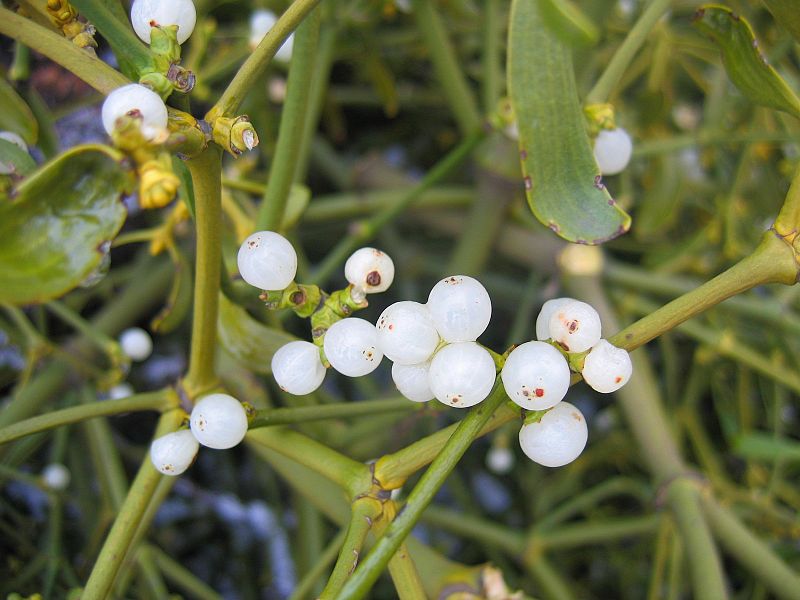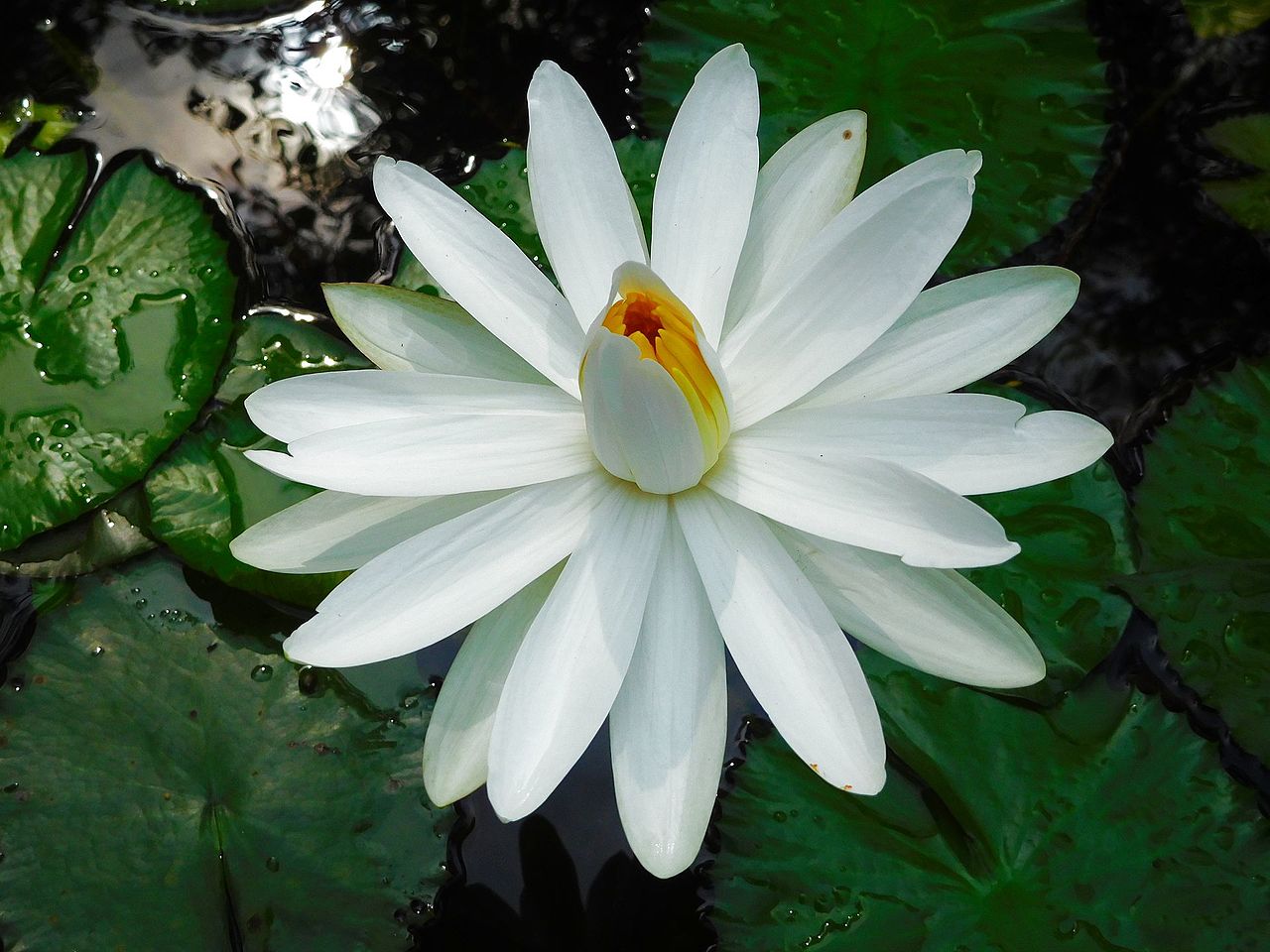
Wild "Poisonous" Plant Of The Week 5 - European Mistletoe
Botanical name: Viscum album
Common name: European Mistletoe, Common Mistletoe, Mistletoe, Mistle
Best places to find: Mistletoe is a semi parasitic (it does photosynthesise as well as draw nutrients and water from its host) plant which grows on several varieties of tree including; Oak (least common), Apple, Lime, Hawthorn and Poplar.

(Above; growing abundantly on its host. Credit Emmanuel Douzery)
Identification: Growing on the stems of other trees, it has stems of between 30-100cm which divide into two. The leaves appear in opposing pairs and are tear shaped. The leaves are 2-8cm in length, leathery, waxy and are of a yellowish green colour. The Mistletoe’s flowers are small, approximately 2-3mm in diameter and again, yellowish green in colour. It produces fruit in the form of small white or yellowish berries which contain the seed(s). The Mistletoe fruits in winter.

Time of year: All year round.
Toxicity: Fairly toxic, potentially lethal! Its leaves and stems contain the highest concentrations of toxins but the berries can also cause serious medical problems including vomiting, diarrhoea, stomach cramps, dizziness, shortness of breath, irregularities in heart-beat, cardiac failure. Accidental poisoning usually occurs at Christmas, when children are tempted to eat the attractive berries. Fortunately, ingestion of a single berry or two is highly unlikely to produce significant detrimental effects but medical advice should be sought immediately!

(Credit: Chilepine) (Growing on an apple tree in Essex)
Point of interest: The Mistletoe has been a culturally significant plant throughout human history, across many differing cultures. British druids considered the plant to have great spiritual power and was used as a cure all for ailments ranging from bareness in animals to poisoning. We also have the more modern, Christian tradition of “kissing underneath the mistletoe” to encourage fertility, lols.

Photos courtesy of
Agnieszka Kwiecień, license: CC-BY 3.0
Chilepine via Wikipedia Creative Commons Attribution


